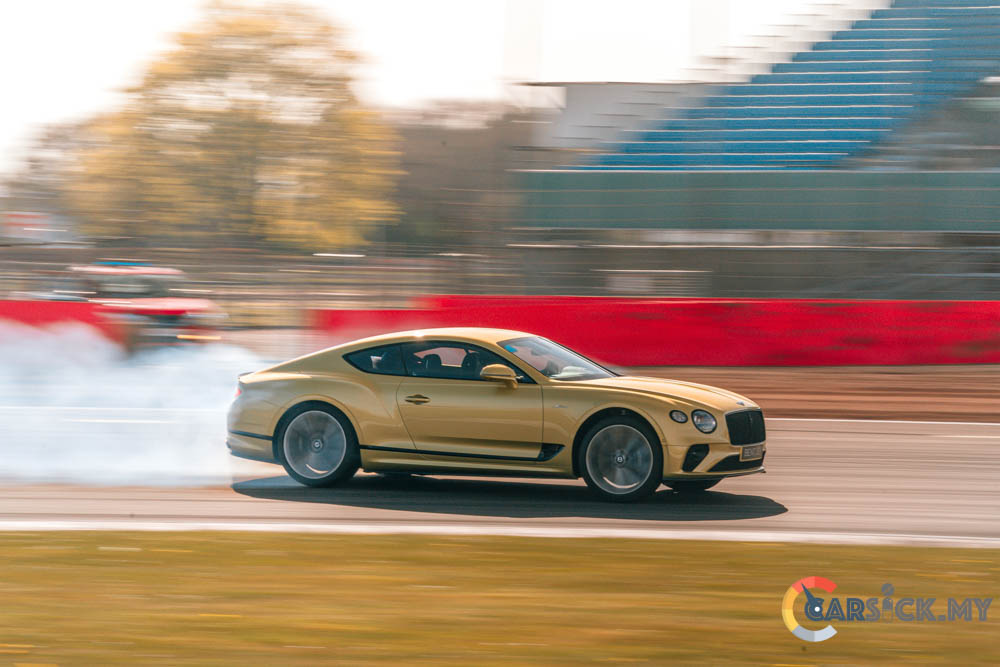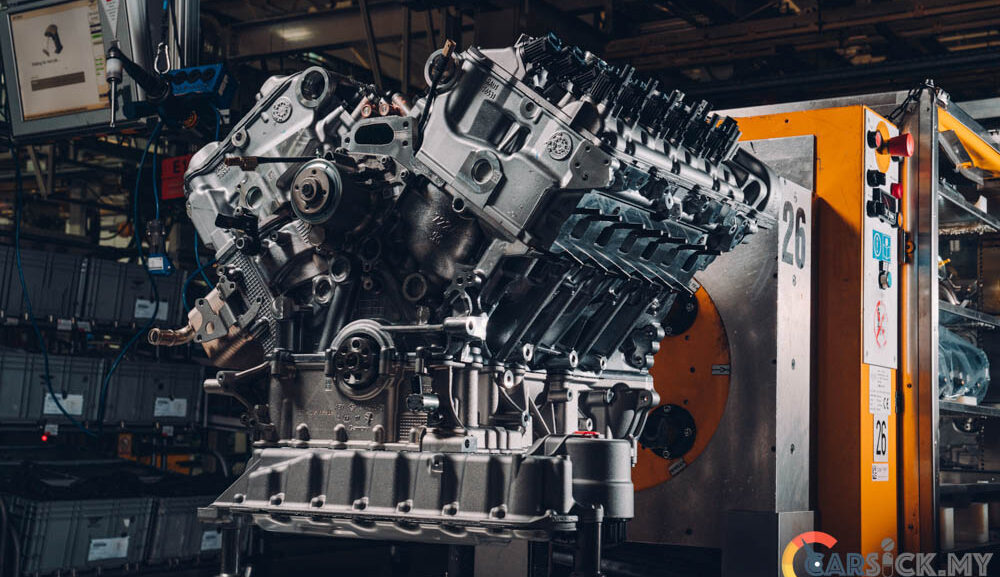Bentley recently announced that they will be ending the production of their 12-cylinder petrol engine in April 2024. By the end of the line, Bentley would have produced more than 100,000 examples of the W12 engine. This is part of Bentley’s beyond100 strategy, where they wanted to have a full electric line up. With this move, this will help Bentley to reduce their fleet average to 0 g/km CO2.
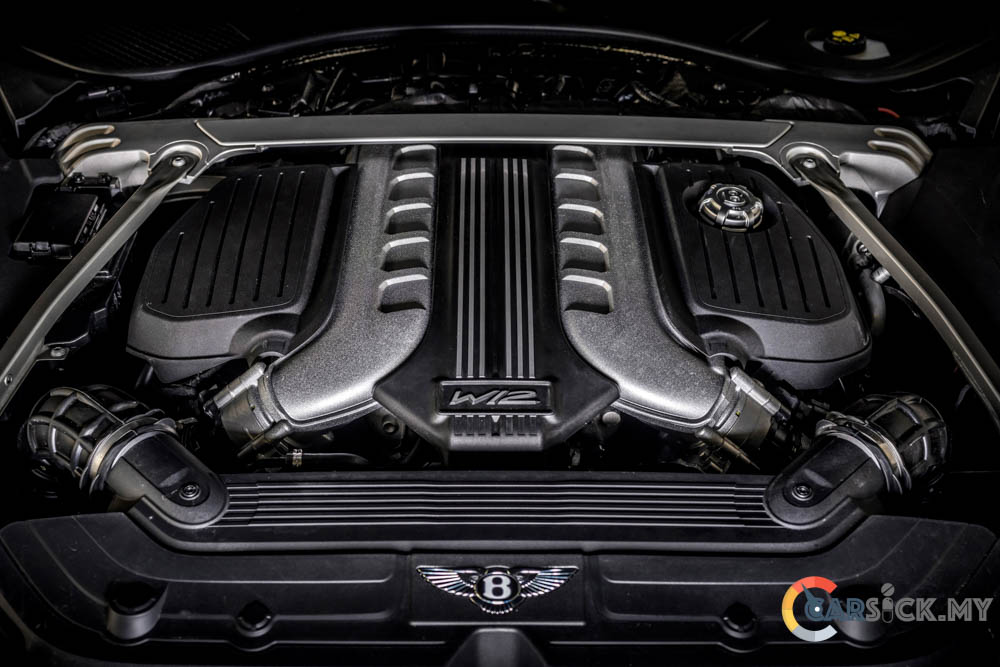 To send this engine off, Bentley has maximized the performance of this engine. This engine will now produce 750 PS and 1,000 Nm of torque, and it will be powering the 18 bespoke Bentley Batur. While all the Batur has been sold, Bentley will still produces a limited number of 659 PS version of this engine powering the Speed models of the Continental GT, Bentayga, and Flying Spur, as well as the Continental GT Mulliner and Flying Spur Mulliner.
To send this engine off, Bentley has maximized the performance of this engine. This engine will now produce 750 PS and 1,000 Nm of torque, and it will be powering the 18 bespoke Bentley Batur. While all the Batur has been sold, Bentley will still produces a limited number of 659 PS version of this engine powering the Speed models of the Continental GT, Bentayga, and Flying Spur, as well as the Continental GT Mulliner and Flying Spur Mulliner.
Since 2003, the Crewe engineering team has continuously improved the 6.0-litre, twin-turbocharged W12 engine’s power, torque, emissions, and refinement. Over 20 years, power increased by 37%, torque by 54%, and emissions decreased by 25%. The W12 was redesigned for the Bentayga in 2015, featuring cylinder deactivation, direct and port injection, and twin-scroll turbos. Each engine is hand-built over 6.5 hours, undergoes an hour-long test, and one is stripped for inspection each week. The W12 engine facility will have delivered over 105,000 engines by its 20th anniversary this year.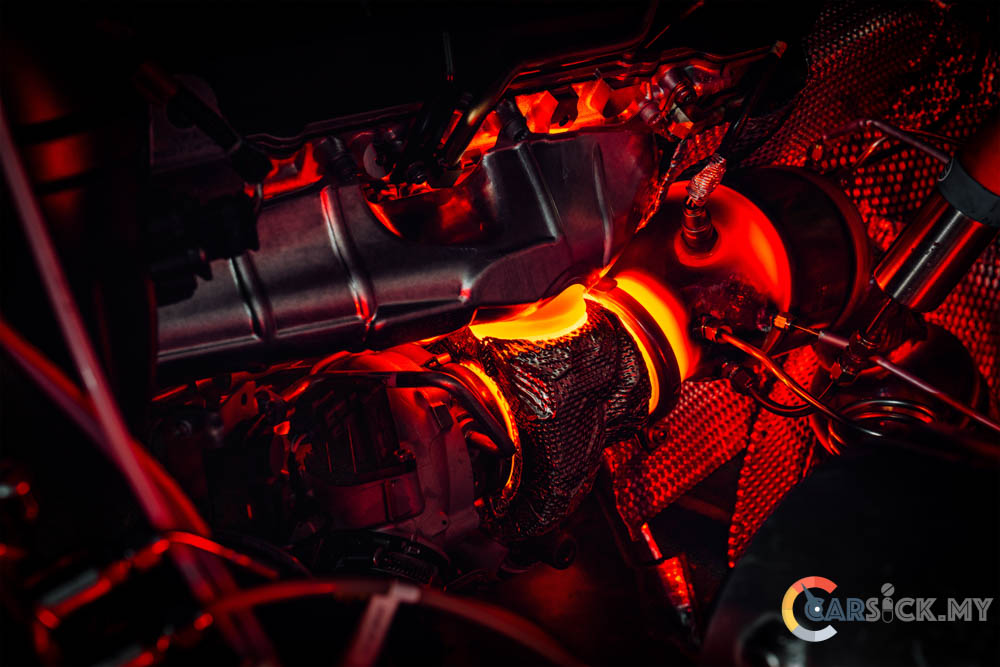
Batur Showcases the Ultimate W12
Mulliner’s engineering team has enhanced the W12’s intake, exhaust, and cooling systems for its ultimate version, resulting in a significant boost in power and torque. Mulliner’s Chief Technical Officer, Paul Williams, oversaw the engine’s development, which has set new records for the engine, with 750 PS and 1,000 Nm of torque.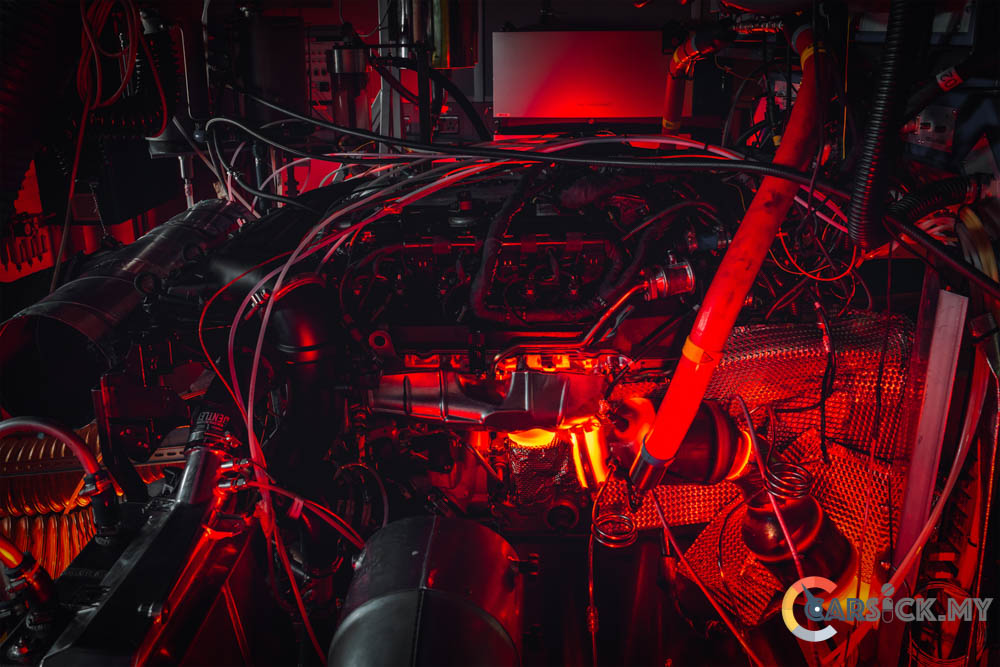
The turbocharger compressors have undergone a redesign to increase efficiency, while the ducts that supply air to them are now 33% larger, allowing the engine to consume over a ton of air (1,050 kg) per hour at peak power. The larger charge-air coolers, with a depth increased by 10 mm and a new core geometry, can reject 35% more heat from the pressurized intake air, leading to a cooler and denser charge for more power.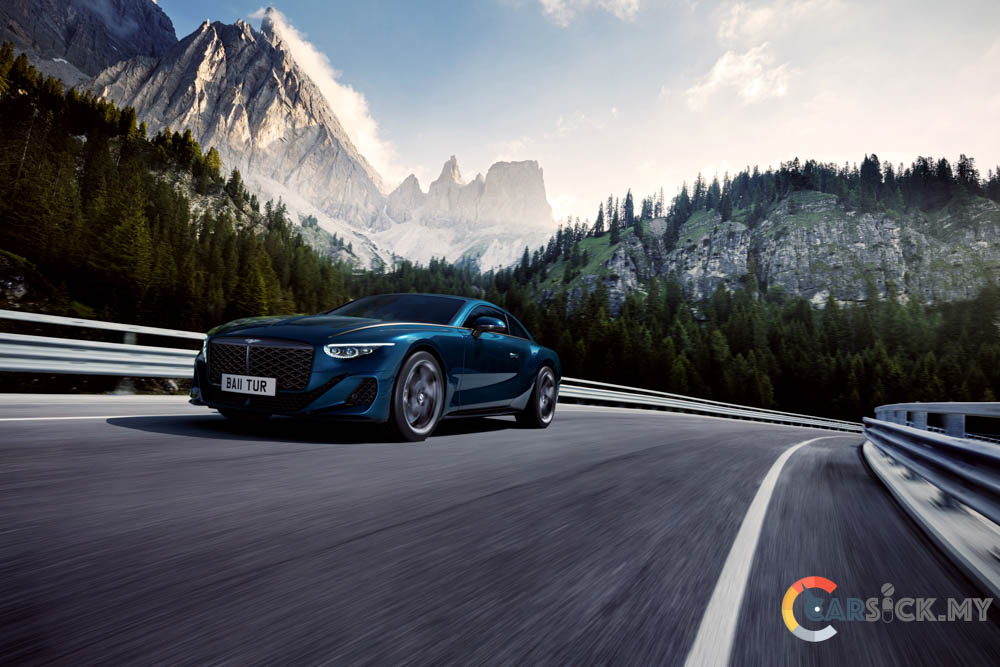
To maximize the extra torque available, the new intake and turbocharging system are matched with a significantly revised engine calibration. Additionally, a new transmission calibration is used to deploy the extra power and torque, improving the driving experience overall. 
